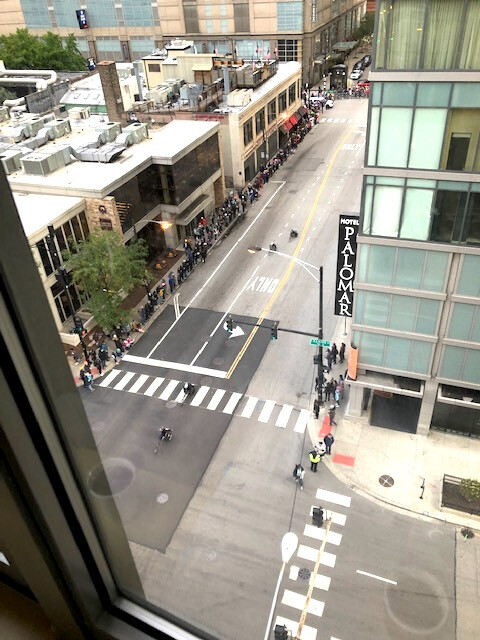Bishop Sumner's Christmas Letter: The Truce of God
Dear Brothers and Sisters,
Greetings in our incarnate Lord. This past Sunday I took part in the splendid Lessons and Carols at Incarnation. The rector made mention of the service’s roots in 1918, as the British sought to come to terms spiritually with the trauma of the First World War. A video of the service from Cambridge, I had watched, included a reading from a letter of a young British soldier in the trenches at first wartime Christmas in 1914. You may have heard it. He describes how, as night fell, they could hear the Germans singing carols, as they were only 100 yards away. They began singing in turn, and that went on all night. At dawn two Germans raised their hands and began rolling a keg of beer out into no-man’s-land. Four Brits came forward to receive it, and they greeted one another with a ‘Merry Christmas’ in the middle. On the morrow, the fighting started up once more. The story is a moving one, for it combines the courage of the young men, the poignancy of their day of spontaneous cease-fire, and the expectation of warfare to come. But it also highlights the fact that they were all Christians, indeed most of them Protestant Christians, singing the same Christmas hymns. Theirs was what the medievals called the ‘the truce of God,’ a day of jubilee in the midst of the powers and principalities, of division and conflict.
In his book by that name, Bishop Rowan Williams wrote about how such a scene enables us to understand the Eucharist. We live in the midst of divisions. We long for peace, but cannot ignore the realities around us. The peace of which the New Testament speaks lies ahead of us on God’s great day. For now the feast of the reconciled is a promise of that day and a sign of contradiction and questioning to the world, which wants to push the meal and the Church to its margins.
But all this is so because first ‘He is our peace’ (Ephesians 2:14). Jesus is the one who walks into the no-man’s-land. He will absorb the conflict of the opposing lines into his own body. But first he comes into the human world in this powerless and vulnerable form. He becomes a refugee, but only after he narrowly escapes genocide. So He at once doesn’t fit into our world, and yet has everything to say about our world as it really is.
We live in a world with various kinds of trenches dug-in. We need to do what we can to assure security and to restrain violence, though this will never be perfectly achieved. But we also are witnesses to the One in whom we can, perfectly, find security and peace, and to Him, especially, this Christmas, we give thanks.
In this Nativitytide may Christ richly bless every one of you and all of our congregations,
Peace,
+GRS



